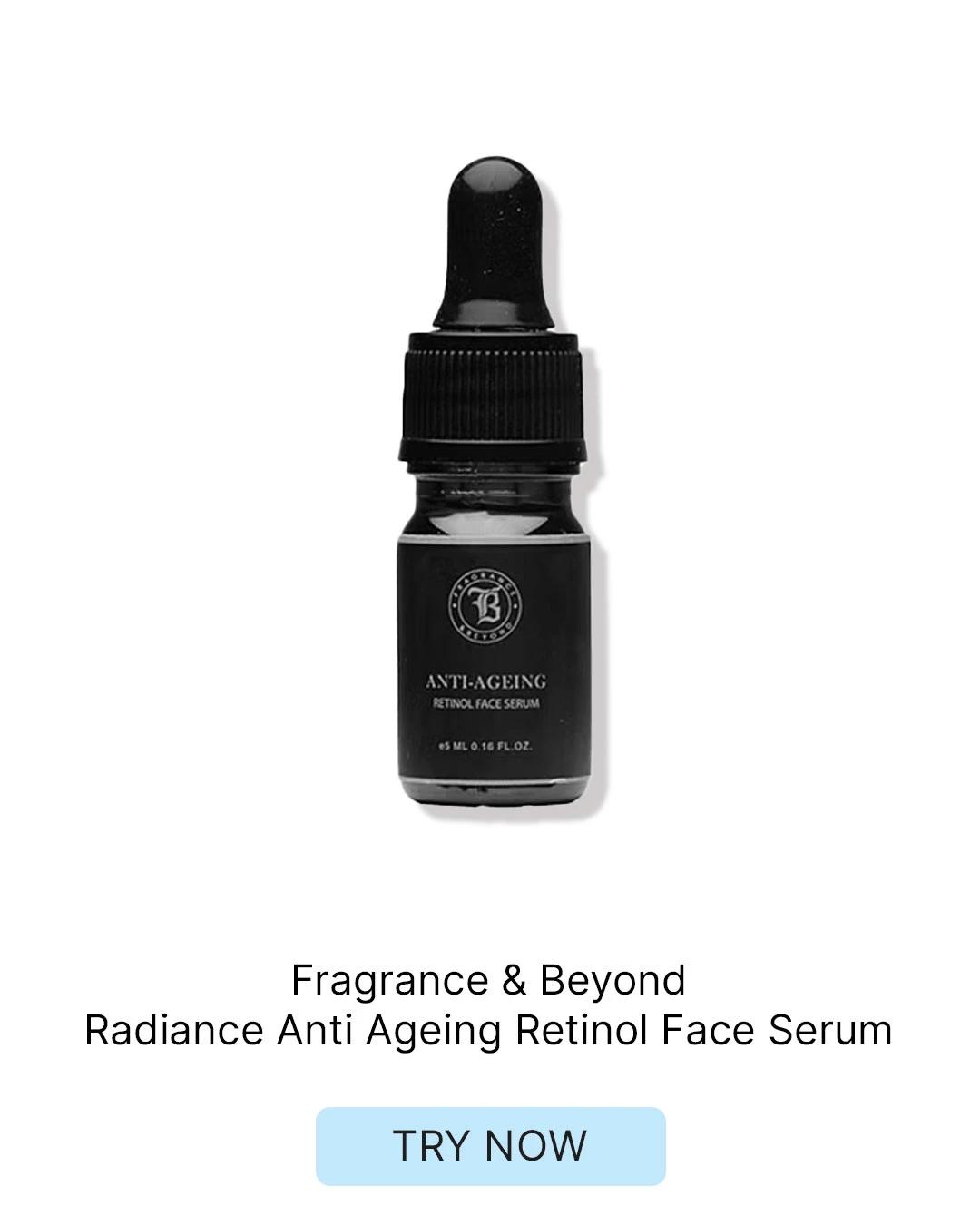Combining Retinol with Other Active Ingredients
Experienced users can try alternating retinol nights with other actives. Use retinol on Monday, Wednesday, Friday, and glycolic acid on Tuesday, Thursday. Vitamin C can be used in the morning whilst retinol stays in your night routine. The key is listening to your skin—if it starts acting up, scale back. Sometimes less really is more, even for experienced users.
Frequently Asked Questions
Here are the questions that pop up most often when people start their retinol journey. These answers should clear up any confusion and help you feel more confident about incorporating retinol into your routine.
Is retinol suitable for all Indian skin types?
Retinol can work for most skin types, but sensitive skin needs extra care. Start with lower concentrations and build up slowly. If you have conditions like eczema or rosacea, consult a dermatologist first. Oily and combination skin often tolerate retinol well, whilst dry skin might need extra moisturising support.
Can retinol be used during the day?
Never use retinol during the day. It increases photosensitivity, making your skin more vulnerable to UV damage. Stick to using it as a
night serum only, and always use
broad-spectrum SPF during the day. This rule isn't negotiable—daytime retinol use can actually cause more harm than good.
How long does it take to see results from retinol use?
Patience is key with retinol. You might notice smoother skin texture within 4-6 weeks, but significant improvements in pigmentation, fine lines, and overall
facial rejuvenation typically take 12-16 weeks of consistent use. Some people see changes earlier, others take longer—everyone's skin responds differently.
Are there any natural alternatives to retinol for sensitive skin?
Bakuchiol is often called "nature's retinol" and can be gentler for sensitive skin. However, it's not as well-researched as retinol. Other options include gentle AHAs or vitamin C, but these work differently. If you're determined to try retinol, starting with the lowest concentration and using it sparingly might be better than switching to alternatives.
Can retinol be used during pregnancy or whilst breastfeeding?
It's generally recommended to avoid retinol during pregnancy and breastfeeding as a precaution. While there's limited research on topical retinol, it's better to be safe. Consider alternatives like azelaic acid or vitamin C during this time, and consult your healthcare provider for personalised advice.
Final Thoughts
Mastering retinol for Indian skin isn't about finding the perfect product on day one—it's about understanding your skin's needs and being patient with the process. The
best retinol serum in India is ultimately the one that works with your skin type, fits your budget, and becomes a sustainable part of your routine. Whether you're tackling hyperpigmentation, fighting early signs of ageing, or just want that healthy glow, retinol can be your kind of game-changer. Start slow, stay consistent, and give your skin the time it needs to adapt. Your future self will definitely thank you for taking this skincare journey seriously.


 30 ml
30 ml 120 ml
120 ml 30 ml
30 ml 80 ml
80 ml